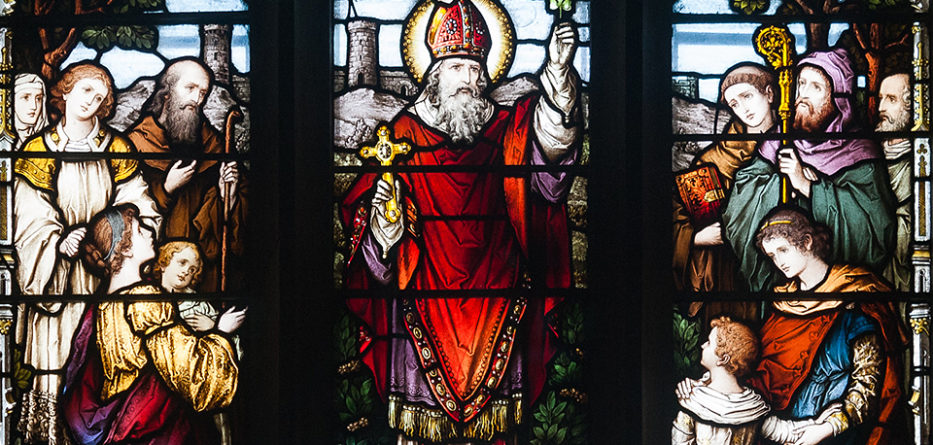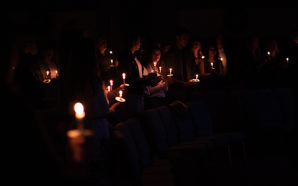Today, 17 March, is the Solemnity of St Patrick. In the Diocese of Parramatta, we are fortunate to have St Patrick as the patron saint of three of our parishes – St Patrick’s Guildford, Mary, Queen of the Family Parish, Blacktown, and of course, our St Patrick’s Cathedral Parish.
This essay, written by Damien Costello, explains that we tell the story of St. Patrick not because it’s historical, but because it contains truth.
Years of prayer on the land kindled a fire in St. Patrick. He escaped from Irish captivity back to the Roman Empire of his birth, only to be shown by the Voice of the Irish in a vision that his true self was found in the land of his captivity.
Upon his free return, Patrick brought the gift of Christ to the Irish, who adopted him into their tribes and revealed to him undiscovered parts of the Gospel. In Ireland, Patrick ran a new gauntlet that broke him open to a deeper well of power than those within the Empire had fully seen, a well that renewed the church and began a new reordering of the world.
Patrick was probably not the first Christian missionary in Ireland, but he was the most significant. Patrick threw himself into the island with reckless abandon, going to the wildest hinterlands. Outside the Empire, Patrick had to work within tribal customs and negotiate his very presence. His long captivity meant he understood the nuances of the gift-exchange economy and dangerous whim of the warrior elite.
Patrick preached a way of life that re-ordered social boundaries, particularly regarding women and those on the lower end of the social order. The vow of chastity, often only seen as a constraint, also had a liberatory effect. Women could live with a new independence from men and they made up a large portion of Patrick’s tribe, including St. Brigid, the daughter of a slave and a tribal chieftain.
To continue reading this essay, click here.
This is Part II of an essay series on St. Patrick by Damian Costello. Read Part I, There’s more to St. Patrick than shamrocks and beer
Dr. Damian Costello is the author of Black Elk: Colonialism and Lakota Catholicism. He is a faculty member at NAIITS (formerly North American Institute for Indigenous Theological Studies) and the American Co-Chair of the Indigenous Catholic Research Fellowship (ICRF).
With thanks to U.S. Catholic, published by the Claretian Missionaries, a Roman Catholic religious community of priests and brothers dedicated to the mission of living and spreading the gospel of Jesus.








